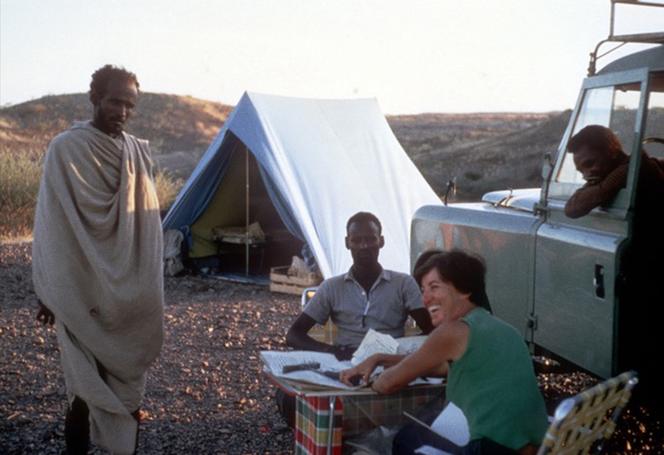


Lucy was discovered half a century ago, on November 24, 1974, in northeastern Ethiopia, in Afar, a region next to Djibouti. With 47 bones making up 40% of the skeleton, the 3.2-million-year-old fossil, an early representative of the Australopithecus afarensis species, has become an icon of paleoanthropology. Lucy was popularized in France by paleontologist Yves Coppens (1934-2022) who, along with the geologist Maurice Taieb (1935-2021) and US anthropologist Donald Johanson, co-founded the International Afar Research Expedition (IARE) in 1972 that was responsible for her discovery.
After a 1972 exploration, excavations began in 1973, leading to the promising discovery of a knee suggesting bipedalism. But it was the following year that Johanson and Tom Gray, the student who accompanied him, found Lucy. Coppens was not onsite at the time but as co-founder of the IARE, he shared ownership of the discovery with his young US colleague.
The headline names overshadowed the others involved in the discovery, such as geologist and palynologist Raymonde Bonnefille, one of the few women to have taken part in these expeditions. The young researcher took part in early trips from 1968 onward – first French, then American – to the lower Omo valley in southern Ethiopia, led by Coppens and his US counterpart Clark Howell (1925-2007).
Bonnefille had also accompanied Taieb on an initial survey in the Afar region, close to where Lucy was later discovered. It was Bonnefille who introduced the French geologist to her then-partner Johanson, laying the foundations for a network of "adventurous, very daring, even reckless young scientists," as she recounted in November's Pour la Science magazine, but also in her fascinating Sur les Pas de Lucy. Expéditions en Ethiopie ("In Lucy's Footsteps. Expeditions in Ethiopia," Odile Jacob, 2018). Now 87, and still active on the scientific front, she looks back at the circumstances that led to Lucy's discovery.
I had arrived in the field two days earlier in Richard Leakey's small plane, with his family [famous Anglo-Kenyan paleoanthropologists]. They had been invited by Johanson and were very intrigued by the abundance of hominin jaws that had already been found during the first few weeks of excavation. My colleague Guy Riollet was supposed to join us by 4x4 from Addis Ababa but, as he didn't know the area at all, I asked to meet him in the village where the road ended. Taieb asked me to use the trip as an opportunity to recruit a cook and buy flour and some provisions.
You have 78.13% of this article left to read. The rest is for subscribers only.
